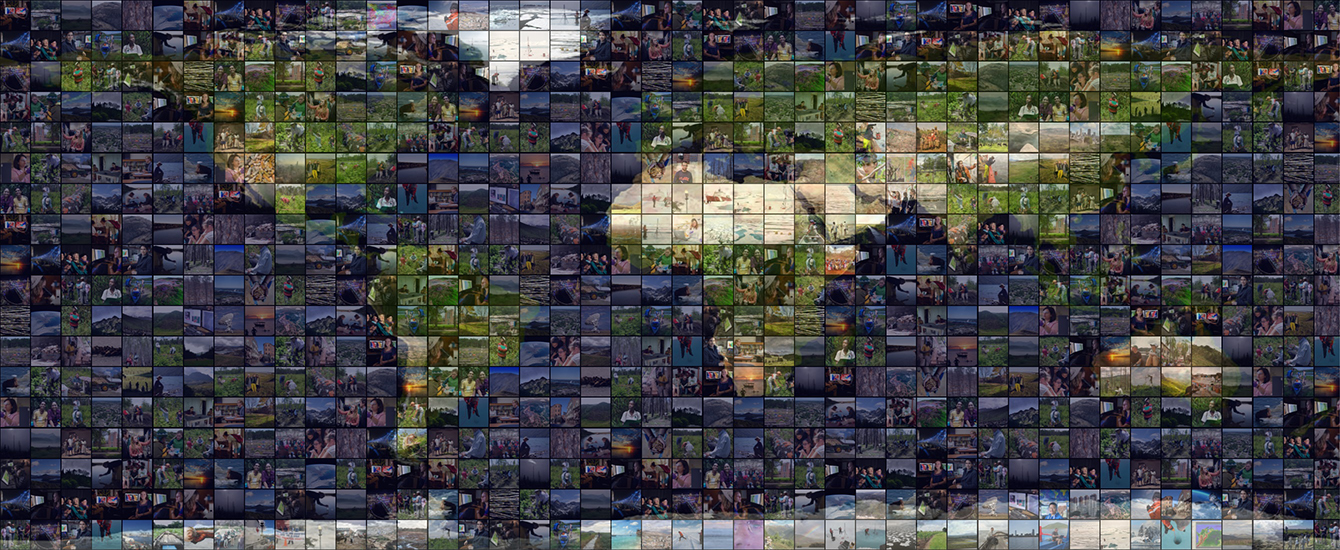Geography
Document Type
Article
Abstract
This study evaluates anthropogenic and ecological dimensions of secondary forest succession in Mexico's southern Yucatán peninsular region, a hotspot of biodiversity and tropical deforestation. Secondary succession in particular constitutes an ecologically and economically important process, driven by and strongly influencing land management and local ecosystem structures and dynamics. As agents of local land management, smallholding farmers in communal, i.e., ejido lands affect rates of forest change, biodiversity, and sustainability within and beyond their land parcels. This research uses household survey's and land parcel mapping in two ejidos located along the buffer of the Calakmul Biosphere Reserve to analyze how household socioeconomics and policy institutions drive allocations to successional forests in traditional crop fallows and in enriched fallows. Results indicate that household tenancy, livestock holdings, labor-consumer ratios, and receipts of agricultural subsidies are the strongest determinants of traditional fallow areas. Whereas the latter two factors also influence enriched successions, local agroforestry and reforestation programs were the strongest drivers of fallow enrichment. Additionally, the study conducts field vegetation sampling in a nested design within traditional and enriched fallow sites to comparatively assess biodiversity consequences of fallow management. Although enriched fallows display greater species richness in 10× 10 m plots and 2×2 m quadrats, plot-scale data reveal no significant differences in Shannon-Wiener or Simpson's diversity indices. Traditional fallows display greater species heterogeneity at the quadrat scale, however, indicating a complex relationship of diversity to fallow management over time. The article discusses the implications of the social and ecological analyses for land change research and conservation policies. Copyright © 2007 by the author(s).
Publication Title
Ecology and Society
Publication Date
12-1-2007
Volume
12
Issue
2
ISSN
1708-3087
Keywords
biodiversity, household decision making, land allocation models, Mexico, secondary forest
Repository Citation
Roy Chowdhury, Rinku, "Household land management and biodiversity: Secondary succession in a forest-agriculture mosaic in southern Mexico" (2007). Geography. 611.
https://commons.clarku.edu/faculty_geography/611
Creative Commons License

This work is licensed under a Creative Commons Attribution 4.0 International License.



